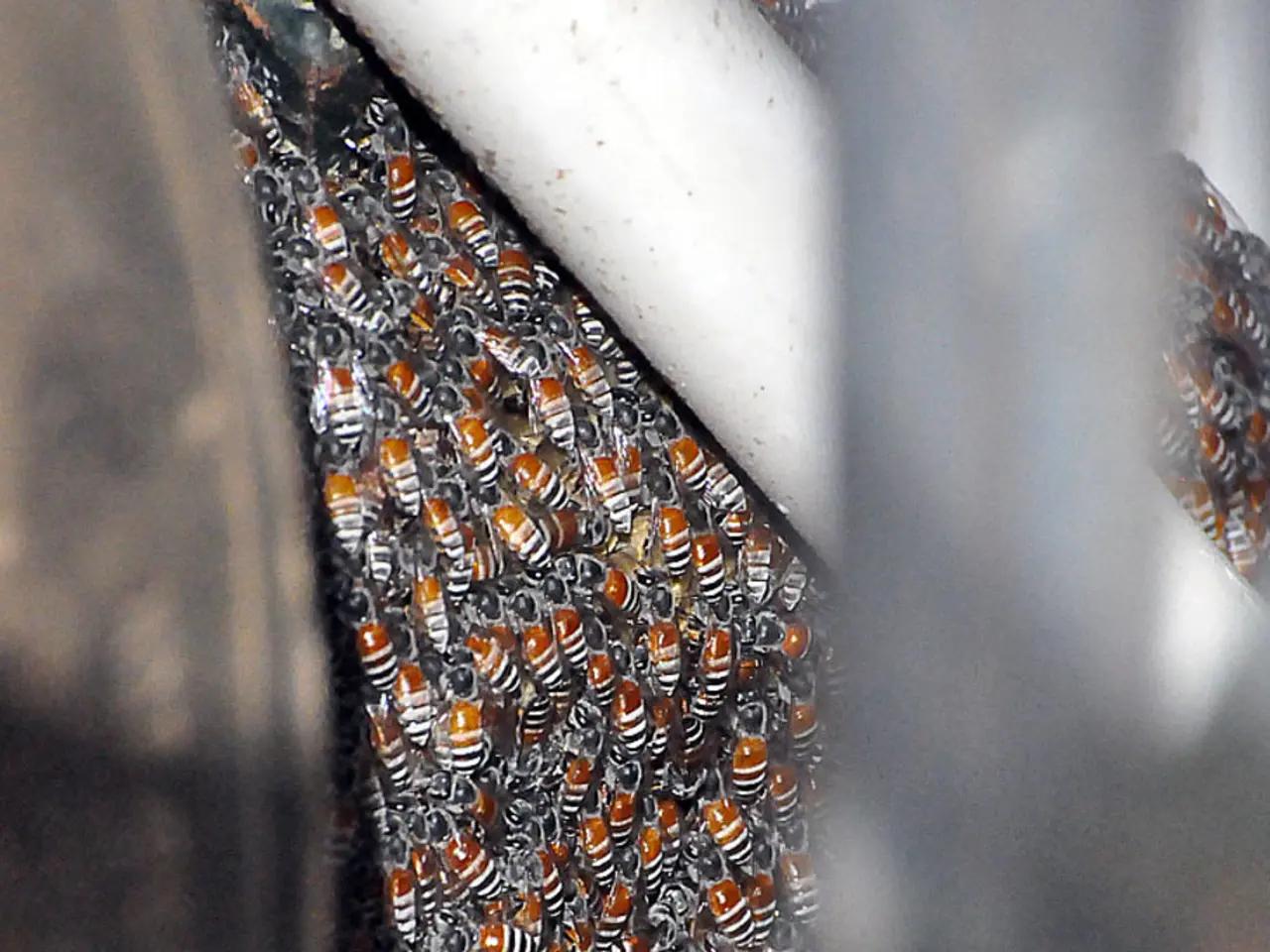Unveiling the Sweetness of Europe's Honey Market
In 2022, European honey production saw a significant recovery, reaching 280,000 tonnes, according to recent data. This uptick can be attributed to a good production season in northern Europe, with favourable weather conditions, flourishing flowering and nectar production, and infrequent rains.
However, this positive development comes after four consecutive years of decline, with production falling from 274,600 tonnes in 2018 to 228,300 tonnes in 2021. The primary cause of this decline was the negative impact of the COVID-19 pandemic and a decline in the bee population. The decline in bees was due to various factors, including bee diseases, intensive use of chemicals, the application of pesticides in agriculture, and climate change.
The recovery in 2022 is a relief for European beekeepers who are currently facing a critical period. Predicting future production remains challenging due to the complex factors influencing bee populations and honey production.
Europe, alongside China and the US, is one of the largest global consumers of honey, accounting for an estimated 20% share of total worldwide consumption. In 2022, European honey imports reached 363,000 tonnes and were valued at over €1,240 million.
The rise in imports has led to concerns about the authenticity of honey in European markets. Nearly half of the honey in European markets is reported to be fake, according to an EU investigation. In response, MEPs are seeking clearer honey labelling to curb the spike in bogus imports.
The economic climate, marked by general inflation and an energy crisis, has further threatened the viability of beekeeping. The UN food agency FAO's statistics show that 10 of the world's top-20 importing countries are from the EU, with Germany, Poland, Belgium, Spain, France, Italy, the Netherlands, Portugal, Greece, and Austria being among them.
Despite the challenges, Romania, Spain, Hungary, Germany, Italy, Greece, France, and Poland were the EU's biggest honey producers in 2022. However, the largest supplier of honey in the European Union for 2023 is not explicitly stated in the available data. It is worth noting that China is the world's largest honey producer and exporter overall, but the specific supplier for the EU remains unclear.
Despite these uncertainties, the recovery in 2022 offers a glimmer of hope for European beekeepers and honey consumers alike. As efforts continue to address challenges such as authenticity concerns and the impact of the economic climate, the future of European honey production remains a topic of ongoing interest and concern.








